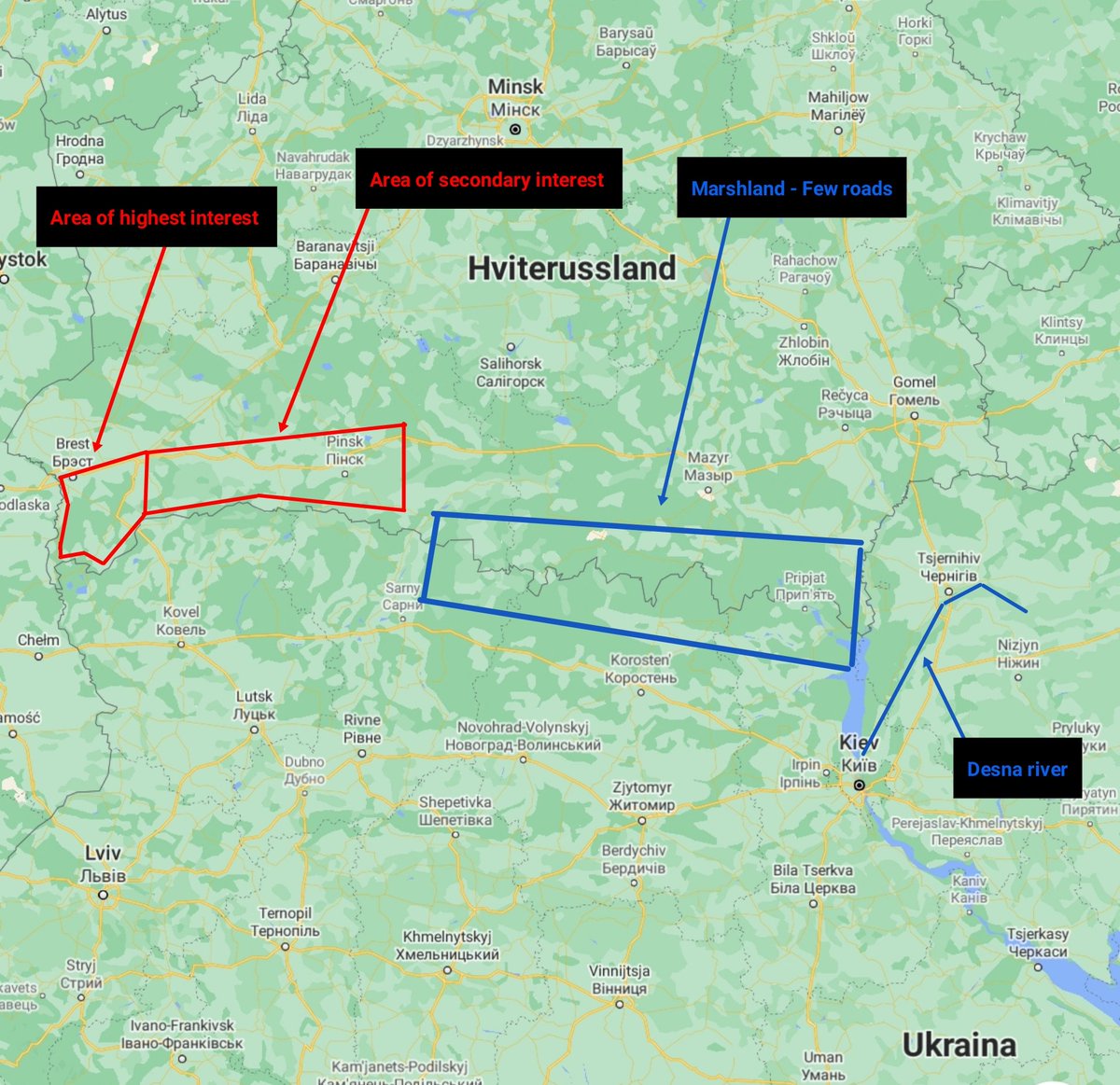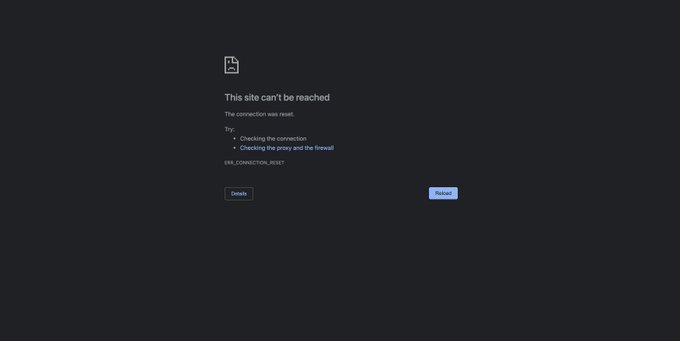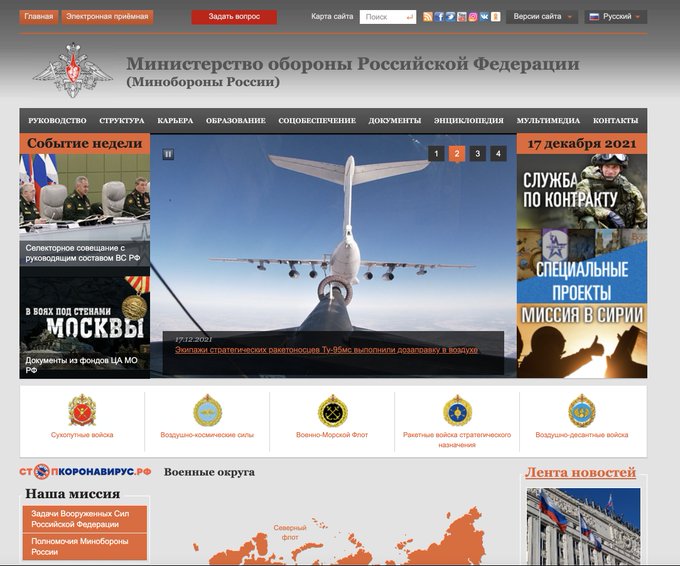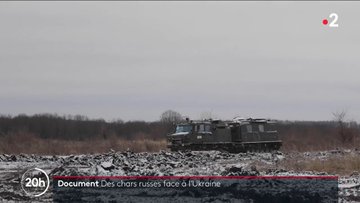Re: Venemaa sõjaline võimekus ja armeereform(id)
Postitatud: 13 Dets, 2021 21:28
Vasjad võiksid ,,Aurora,, ka kohale vedada
järsku aitab NATO vastu.
järsku aitab NATO vastu.
Militaarteemad minevikust kaasaega
https://www.militaar.net/phpBB2/
На полигоне Постоялые дворы в Курской области начался второй поток сбора подразделений боевого армейского резерва страны (БАРС).
Всего на обучении 30-суточного этапа сбора находятся около 130 военнослужащих в составе подразделений войск территориальной обороны, сформированных на базе соединения радиационной, химической и биологической (РХБ) защиты Западного военного округа (ЗВО).
При подготовке военнослужащих, призванных на время сбора, особое внимание будет уделено обучению обеспечению охраны и обороны стратегически важных объектов, а также применению современного вооружения и техники, стоящих на вооружении гвардейской Краснознаменной общевойсковой армии ЗВО и отдельной бригады РХБ защиты округа.
Для проживания резервистов развернуты автономные полевые лагеря с комнатами досуга, душевыми кабинами, столовыми и банно-прачечным обслуживанием. Места для проживания оборудованы телевизорами, обогревателями и укомплектованы всем необходимым имуществом.
В настоящее время проводится работа по отбору граждан в БАРС. Первый контракт на зачисление в резерв заключается на три года. Последующий можно подписать на пять лет или до достижения предельного возраста военнослужащего. Желающим принять участие в проекте резервистам достаточно обратиться в военный комиссариат по месту жительства, предоставить документы и пройти медицинское освидетельствование.
Резервистам государство гарантирует соответствующие выплаты. За 30 суток пребывания на военных сборах офицеры получат от 30 до 75 тыс. рублей, военнослужащие, стоящие на рядовых должностях, — до 25 тыс. рублей.
Vene välisministeerium avaldas pärast kõnelusi nimekirja nõudmistest, mille hulgas soovi, et NATO tühistaks ametlikult 2008. aasta otsuse avada uksed Gruusiale ja Ukrainale.
What see through OS are snapshots of small, often moving parts of the deployment. Some are highly visible, as Pogonovo and Yelnya, others are hidden.
I think the buildup is well concealed, and operational level suprise is still retained
“In general it is not possible to deploy a force of any meaningful size without it being detected and tracked by intelligence, but [Russia] can retain the initiative and keep foreign observers guessing via these [deception] tactics,” Kofman told Coffee or Die Magazine. “This is standard operational deception from a doctrinal perspective. If [Russia] were considering a strategic offensive operation, they would be taking care to ensure they concealed indications and warnings until fairly late into the game.”
On the other hand, civilian assessments of Russia’s offensive potential are largely dependent on information in the public domain. OSINT observers often reference videos posted to social media by Russians who witness military movements. Also, commercial satellite imagery has been the crux of much OSINT data regarding Russian military activities.
“The best way to bait OSINTers are images of troop movements,” said Sean McFate, a senior fellow at the Atlantic Council who is a professor at Georgetown University’s School of Foreign Service.
“But like all intelligence, the ‘fake out’ is only as good as the analysts watching it,” McFate told Coffee or Die. “Sloppy OSINTers are easy to trick, but good ones are not. This is the pro and con of OSINT: it democratizes intelligence, but dilutes rigor since amateurs now play in the space. Some think tanks especially come to mind.”
“Russia is trying to manipulate OSINT, like everything else. It’s a part of their centuries-old strategic culture of strategic deception,” McFate said. “OSINT is the future, and people would be shocked to learn how much can be gleaned by scraping the dark web. Unfortunately, the US Intelligence community pooh-poohs anything that’s not labelled ‘top secret.’ It’s creating a strategic vulnerability.”
There’s also the risk that Russian intelligence services are selectively steering the dispersion of open-source intelligence to craft a public narrative that complements planned military action. Unlike the information gathered by state intelligence services, which typically remains classified, Russian intelligence agencies are able to gauge the effectiveness of their OSINT deception efforts in real time.
“The danger of relying too much on OSINT is that you don’t know what percentage of activity OSINT is actually seeing, and therefore you have no idea as to the actual size and disposition of the force in question, only a shadow outline of the reality,” Kofman said. “This is why news sources have to rely on credible analysis and a diversity of sources.”
According to McKew, when it comes to open-source intelligence, analysts should not only question whether information is true, they should also question why each item of information is available in the first place.
“So when everything seems to be in the open, why?” McKew said. “Is it because Russia doesn’t care that we know, or because it isn’t the thing to focus on? What are we not looking at because we are looking at this torrent of info?”
Russia built up military forces around Ukraine in April, similarly sparking fears of an imminent invasion. In addition to probing Western diplomatic responses, the April buildup may have been a dry run to gauge the ability of foreign intelligence agencies and OSINT watchers to monitor Russian movements.
“I think the April event served a few purposes,” said Massicot, the Rand Corp. senior researcher. “Internally it was a learning event for them to see how their own transportation and logistics worked and coercively signal Ukraine and the West. Also, I presume they were learning about how they were observed from the outside. They have changed some of their behaviors since then, but some large movements they cannot change.”
The current crisis, however, is generally seen by Western experts and officials as more serious than in April. By moving units at night and taking steps to curtail social media documentation, the current buildup has been done more covertly. Also, the Russian units near Ukraine are more capable of short-notice combat action, and the information messaging from Moscow is much more aggressive than in April.
“There is a much bigger plan going on here and I think very few — to include even in the Russian military — truly know what the intent or plan is along the Ukraine border,” said John Spencer, chair of urban warfare studies at West Point’s Modern Warfare Institute.
“So yes, OSINT is feeding a collective hive opinion on Russia’s intentions that is very likely, almost surely, wrong.”
Задокументированные передвижения военной техники ВС РФ датированные с 12 по 15 декабря. Все автоколонны и военные эшелоны сняты в Брянской области или по направлению к ней и двигались к границе с Беларусью

Notes on potential deployments in Belarus.
There are, as of now, no confirmed major deployments on the Ukrainian border. There was a press-release on the 6th Mech Bde deploying, but have no further info.
Based on geography, the areas of highest interest, are in SW Belarus.
Further east there is widespread marshland, with few roads to support an advance. I am also sceptical of the Gomel-area being a potential Russian assembly area.
It still behind the Desna River, as is Klintsy, and there are only 2 bridges over the Prypjat, near Chernobyl.

My current BTG count stands at 43-45, but I think I am short by at least 3 BTGs. There will soon be more than 50 BTGs near Ukraine, which will surpass the March number. And this won't include the airborne and the 58th CAA's generated units, which were active earlier in the year.
Displaying the data collected by @konrad_muzyka presents the Russian ZOW and POW forces deployed in MSD as well as additional ones (http://m.in. from COW), which should not be located in the three locations mentioned.

Column of BTR-80 with over-painted markings. Almost looks like over-painted "MC" for peacekeeping forces
Russian MoD appears to have blocked access to its website to none-Russian IP addresses today.
Left = IP from Europe
Right = One from Russia


Venemaa on alustanud kaubanduslike õhu- ja raudteesüsteemide ümbersuunamist, et toetada sõjalisi jõupingutusi
Russia has continued to amass new troops near #Ukraine's border in recent days. #US and Ukrainian officials have also seen evidence that Russia has begun diverting commercial air and rail systems to support the military effort - CNN
MP-2, T-72B3, BREM-1 vehicles, but what is most interesting are the GAZ-3344-20 Aleut and back half of DT-30 Vityaz tracked vehicles. Possibly from the Northern Fleet's 80th or 200th Arctic Motorized Rifle Brigades.


The Project 20385 corvette Provornyy, a warship under construction, is on fire at the Severnaya Verf.
There are many gas cylinders inside and there is a threat of an explosion.

"Commander of the Western Military District, Colonel-General Alexander Zhuravlev summed up the results of the training session with the leadership of the district"
Article says "about 500 officers and generals" were present.
"The pilots of the fighter aviation regiment of the Western Military District completed training flights in the skies of the Kursk region."
Likely refers to the 14th Guards Fighter Aviation Regiment, Su-30SMs, based at Kursk Vostochny.
This week, a Russian delegation conducted a Vienna Document inspection at the Norwegian Armys Brigade North garrisons in Troms.
The preceding week, a Norwegian delegation conducted a similar inspection of Russian garrisons in the Pechenga area.
"The crews of the Su-27 fighters of the Baltic Fleet naval aviation worked out landings on the conditionally damaged strip of the Chkalovsk airfield in the Kaliningrad region."
Field at trainstation in #Voronezh where tons of Russian military equipment was spotted in the past weeks is completely empty. Snow on the ground suggests video is from today or last days.
Peterburgis põleb üks järgmine aasta valmis saama pidanud korvett
nimetu kirjutas:Peterburgis põleb üks järgmine aasta valmis saama pidanud korvett
Vaadates kui kaugel see ehitus oli, siis on veidi raske uskuda, et selleks ajaks valmis oleks saanud. Nüüd muidugi veel vähem tõenäoline.
See-eest pole Kuzja viimase aasta jooksul: